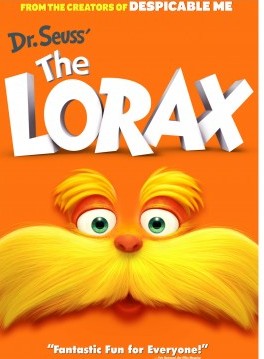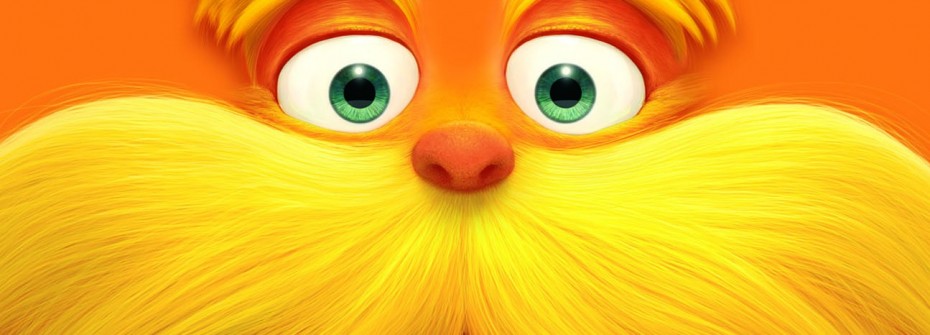‘The Lorax’ teaches us all the value of environmental protection

There’s always lessons to be learned in a Dr. Seuss tale. From The Cat in the Hat to How the Grinch Stole Christmas, the beloved children’s author wrote in rhythmic morality, letting us know the best ways to live our lives. This effective prosthelytizing is most evident in The Lorax, which recently received a big-budget movie adaptation featuring the voice talents of Danny DeVito, Zac Efron and Taylor Swift.
In the story, a boy searches for a hidden past. He’s living in a world with no organic growth, where every plant and tree is inflatable. Mr. O’Hare, the mayor of Thneed-Ville (Rob Riggle), likes to keep it that way. You see, the mayor also profits from the sale of fresh air, so why would he want trees around?
(Obvious parallels to today’s world should be apparent.)
It’s up to Ted (Efron) to save the day. He heads outside the city limits into a netherworld of darkness where he stumbles upon the house of The Once-ler (Ed Helms), a mysterious man who decides to let Ted know the real reason for no plant life. Through a series of flashbacks, we come to know of Thneed-Ville as a green, bountiful destination. Its environment is looked over by the Lorax (DeVito), a furry little creature with a large mustache. He descends from the heavens (God?) and offers his guidance on how to keep the local habitat intact.
Of course, we know that something must have gone awry with the Lorax’s plans.
The structure of The Lorax is actually quite unique for a children’s film. As we follow Ted in the present day, we come to learn of the title character through memories only. This back and forth between the two timelines is seamlessly created by directors Chris Renaud and Kyle Balda, plus their screenwriting team. In order to save the future, Ted must learn about the failings of the past.
The animation style is colorful and bright. This Dr. Seuss world seems readymade for merchandising. The vibrancy of the landscape pops off the screen, and the furry-lollipop trees are beautiful to behold. It’s safe to say: The studios should stick with animated adaptations of Dr. Seuss books, rather than the poorly received live action ones.
The voice acting is surprisingly enjoyable, especially from Helms and DeVito. The Lorax is given a gruff voice, instantly commanding respect. Yet it’s simultaneously cheerful and lovable, like a wizened old man. DeVito seems a natural fit for the part.
Efron and Swift, obviously chosen to impress the younger crowd, do their best, although more talented voice actors could have elevated the characters to higher heights.
The lasting impression from the 90-minute movie is Seuss’ ability to weave a crucial lesson into a thrilling storyline. In today’s world, children need to learn about environmental protection at a young age. The understanding of trees, gardening, climate change, oxygen, corporate greed and activism usually is relegated to the adult world. But it’s up to the younger generation to grasp these concepts (on their own level) and begin to change the world as they grow older. The Lorax may be one of the most important family films of all time, and its value has nothing to do with furry lollipops or dazzling animation.
By John Soltes / Publisher / John@HollywoodSoapbox.com
-
Dr. Seuss’ The Lorax
-
2012
-
Directed by Chris Renaud and Kyle Balda
-
Written by Ken Daurio and Cinco Paul; based on the book by Dr. Seuss
-
Featuring the voice talents of Danny DeVito, Ed Helms, Zac Efron, Taylor Swift and Rob Riggle
-
Running time: 86 minutes
-
Rated PG for brief mild language
-
Rating:





